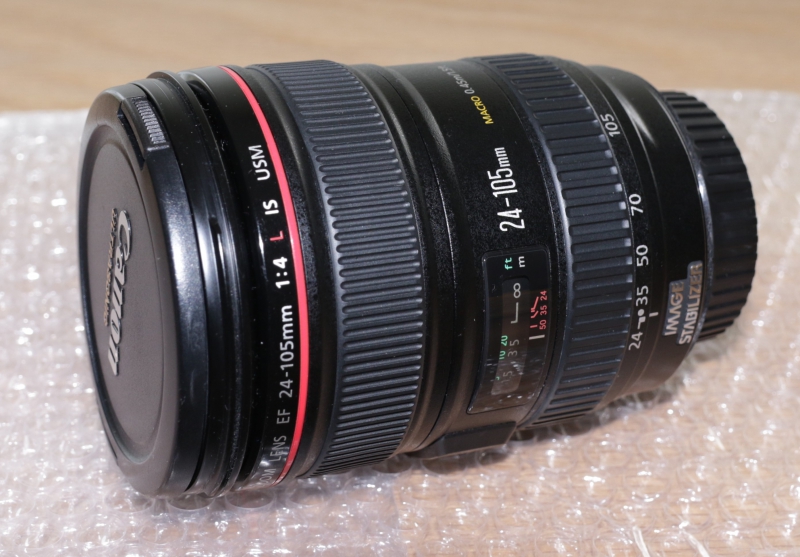
Moderate contrast loss and some ghosting.Īt f/1.4 you sometimes see a little rainbow like in this image, you can get rid of by using a hood or shielding your lens with your handĪ small amount of barrel distortion, only relevant for the most critical applications VignettingĪt f/1.4 vignetting is very noticable, at f/2 it is less noticeable but still distracting for a few applications and from f/2.8 there is no vignetting for all practical applications. I don’t own the original lens hood BS-52 but from the pictures I have seen from it it is quite large. The front ring does not rotate the lens is focused which makes the usage of polarizers easier.

By todays standards this is a rock solid lens but some older lenses feel a bit more solid. The barrel of the lens is made from metal and some parts like the aperture ring and the plate around the front of the lens are made from plastics. The aperture ring of the Canon has a higher resistance than I would prefer and the lens stops down in half steps to f/22.

The focusing ring turns about 110° from the short focusing distance of 45cm to 1m and a further 40° to infinity. Focusing is smooth with little resistance. at infinity and at the short focusing distance The lens is very well balanced on the a7, because it is relatively small and light. Comments on the comparison are welcome! Size, Weight and Handling I never used the older FD version so I can’t tell you how they compare optically. Notice that the inscription is still Canon FD, not new FD which is an inofficial name. I own this version and this review is about it. Built quality is okay but more plasticky.

There is a vast amount of affordable and very good 1.4/50 lenses out there and I think the Canon new FD 50 1.4 is one of the sharpest and most affordable.


 0 kommentar(er)
0 kommentar(er)
